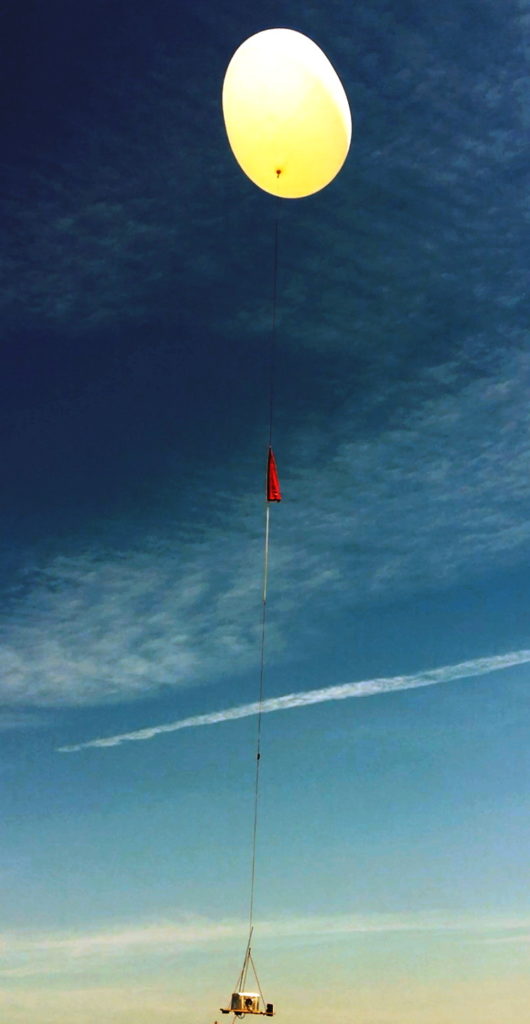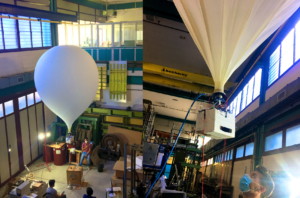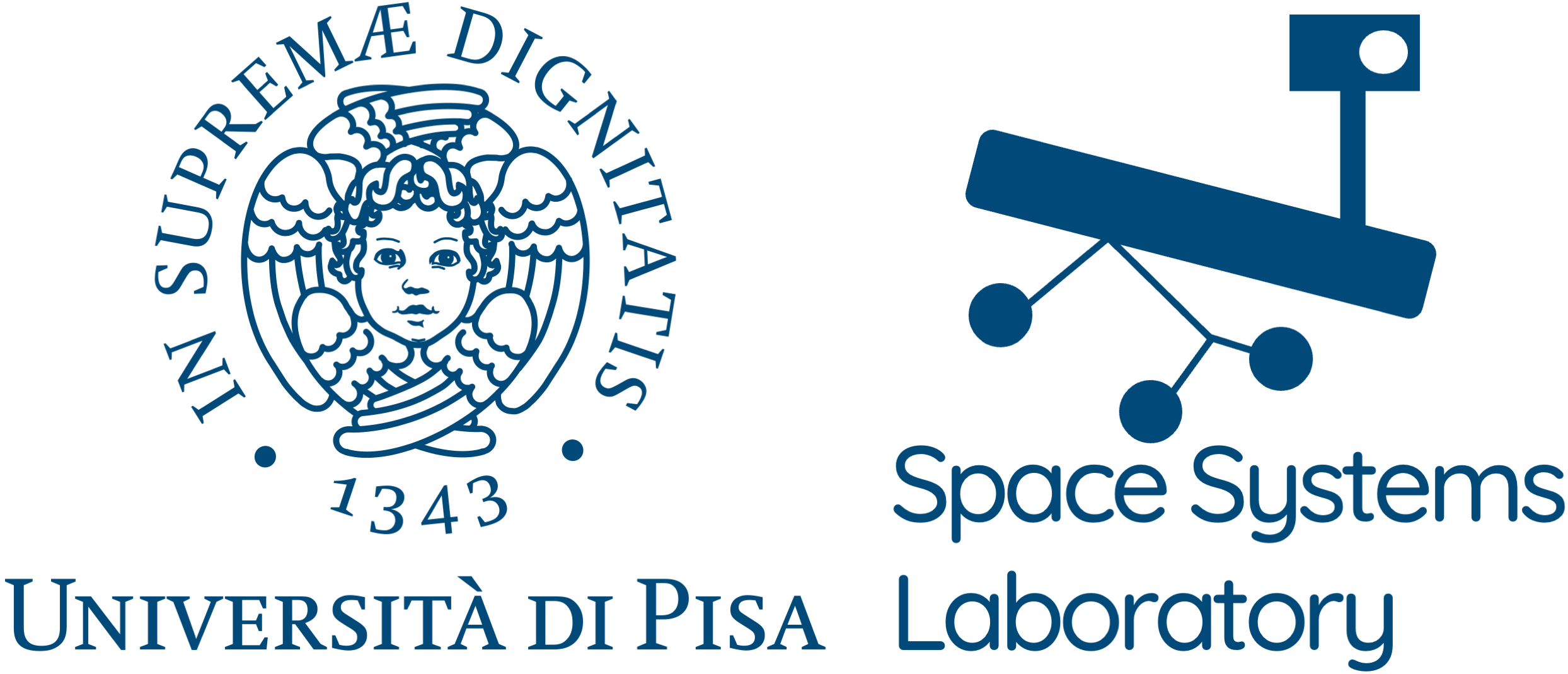 At the Space Systems Lab, we have developed the capability to fly small payloads to the “near-space” region with the micro-HAPS stratospheric platform (µHAPS). Have a look at some of our flights!
At the Space Systems Lab, we have developed the capability to fly small payloads to the “near-space” region with the micro-HAPS stratospheric platform (µHAPS). Have a look at some of our flights!
Main facts:
- about 1.5 hours residence time in the stratosphere at altitude in between 18 km and 38 km, with a total flight duration of 2.5 to 3 hours
- payload mass up to 4 kg; typical size: 30 cm x 30 cm x 20 cm box
- real-time, low data rate telemetry and telecommand through a LoRa link
- up to 30 W power supply to the payload through solar panels (for flights in daylight only, of course!)
- launch from anywhere in the Italian territory, within the ENAC allowed zones
- very low cost, short duration pre-flight preparation activites.
Payloads already flown include telecom experiments (ISM 2.4 GHz band RF-noise characterization and AIS maritime signal detection, together with MBI Srl) and UniPi’s solar cell and attitude determination experiments. A nighttime optical payload by our colleagues at the University of Padua was flown in July 2021.
A Balloon Altitude Control System (BACS) is under advanced development. BACS allows for up to 5 days permanence in the stratosphere. Eventually, BACS will enable the implementation of an automated balloon station keeping scheme, based on AI techniques (reinforcement learning), to maintain the platform within a given range (e.g., 50 km) from a given ground location. With BACS, the µHAPS platform will be an ideal carrier for miniaturized payloads for a variety of applications:
- science: atmosphere science, astronomy, biology, etc.;
- remote sensing: optical, NIR, FIR and SAR instruments;
- telecom: cellular base station in the sky, point-to-point dedicated links, etc.
- technology demonstration/validation in near-space conditions: e.g., COTS radiation testing, solar cell characterization/calibration, intersatellite optical links, Cubesat subsystems or full platforms, etc.


